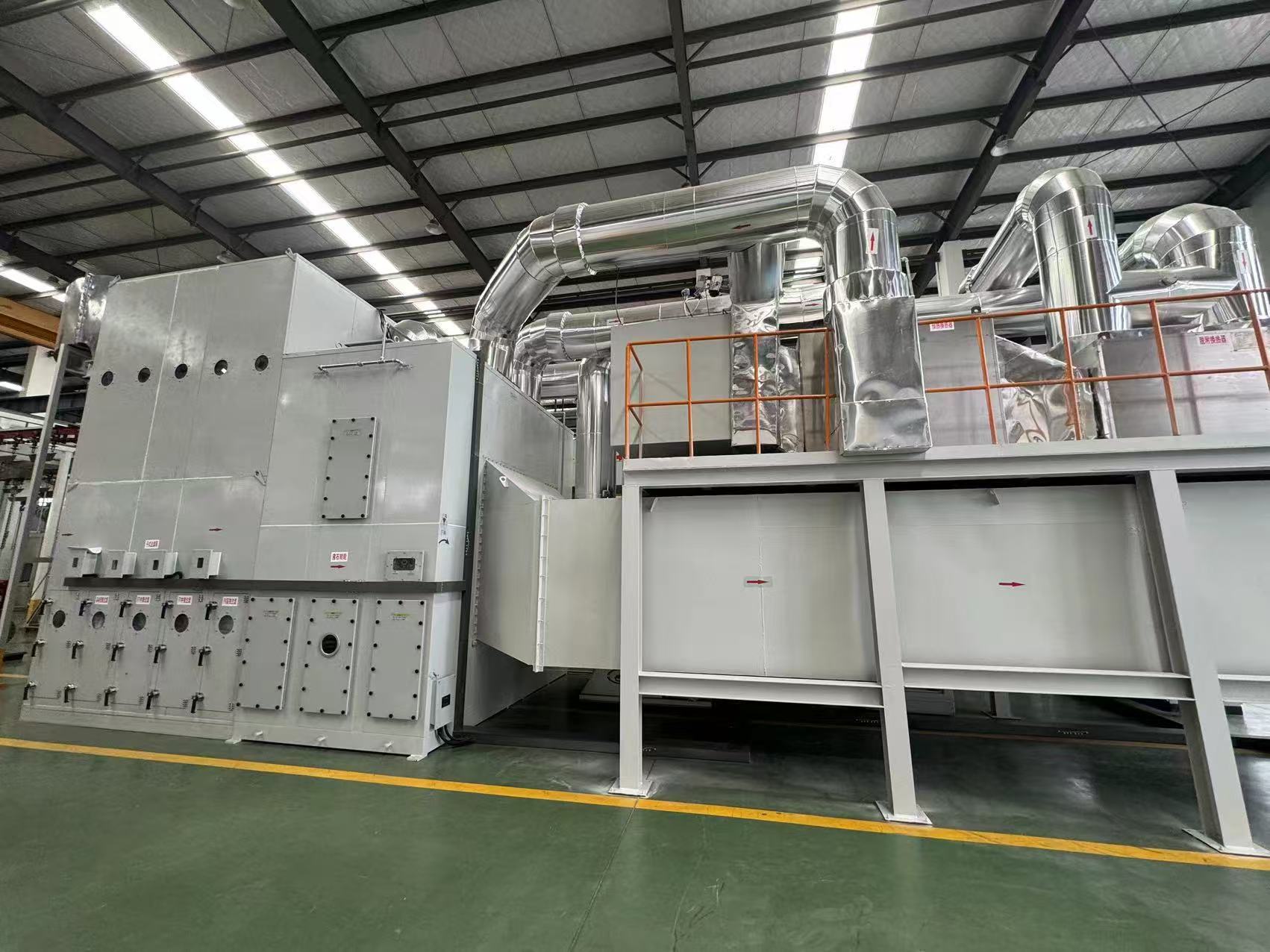Products Description
I. Introduction
The combination of the zeolite rotary wheel and CO (catalytic oxidation) technology represents an advanced and highly effective approach for treating volatile organic compounds (VOCs) and other harmful pollutants in industrial exhaust gases. This integrated system has been widely recognized and adopted in various industries due to its remarkable performance and reliability.
II. Zeolite Rotary Wheel
1. Working Principle
The zeolite rotary wheel is a key component that operates based on the principle of adsorption. It consists of a large number of zeolite honeycomb channels with a high specific surface area. As the exhaust gas passes through the rotating wheel, VOCs and other pollutants are adsorbed onto the zeolite surface. The wheel rotates continuously, and the adsorbed pollutants are then carried to the desorption zone.
2. Advantages
- High Adsorption Capacity: Zeolite has a strong affinity for a wide range of VOCs, enabling efficient capture of pollutants even at low concentrations.
- Continuous Operation: The rotary design allows for uninterrupted gas treatment, ensuring stable performance and high throughput.
- Selective Adsorption: It can selectively adsorb target pollutants while minimizing the impact on other non-target gases, which is beneficial for subsequent treatment processes.
III. CO (Catalytic Oxidation) System
1. Working Principle
After the pollutants are desorbed from the zeolite rotary wheel, they enter the CO system. In the presence of a catalyst, typically precious metals such as platinum or palladium, the VOCs react with oxygen at a relatively low temperature (usually between 250°C and 450°C). This catalytic oxidation process converts the harmful VOCs into harmless carbon dioxide and water vapor.
2. Advantages
- High Conversion Efficiency: The catalyst significantly accelerates the oxidation reaction, achieving a high conversion rate of VOCs, often exceeding 95%.
- Low Energy Consumption: Compared to traditional thermal oxidation methods, the CO system operates at a lower temperature, reducing energy consumption and operating costs.
- Compact Design: The CO unit is usually designed in a compact structure, which saves installation space and is convenient for integration with other equipment.
IV. Integrated System Benefits
1. Synergistic Effect
The combination of the zeolite rotary wheel and CO system creates a synergistic effect. The zeolite rotary wheel efficiently concentrates the pollutants, while the CO system effectively oxidizes them, resulting in a comprehensive and efficient air pollution control solution.
2. Wide Applicability
This integrated system can handle a variety of VOCs and pollutants from different industrial sources, such as chemical plants, paint spraying facilities, printing factories, and semiconductor manufacturing. It is suitable for both high and low concentration pollutant streams.
3. Environmental and Economic Benefits
By effectively reducing VOC emissions, the system helps industries comply with increasingly stringent environmental regulations. At the same time, the relatively low operating and maintenance costs make it an economically viable option for long-term use, contributing to sustainable industrial development.
In conclusion, the zeolite rotary wheel + CO system offers an outstanding solution for industrial air pollution control, combining high efficiency, reliability, and wide applicability to meet the challenges of modern environmental protection requirements.

Tags:
Technical parameter

Zeolite Rotary Wheel + CO 1


